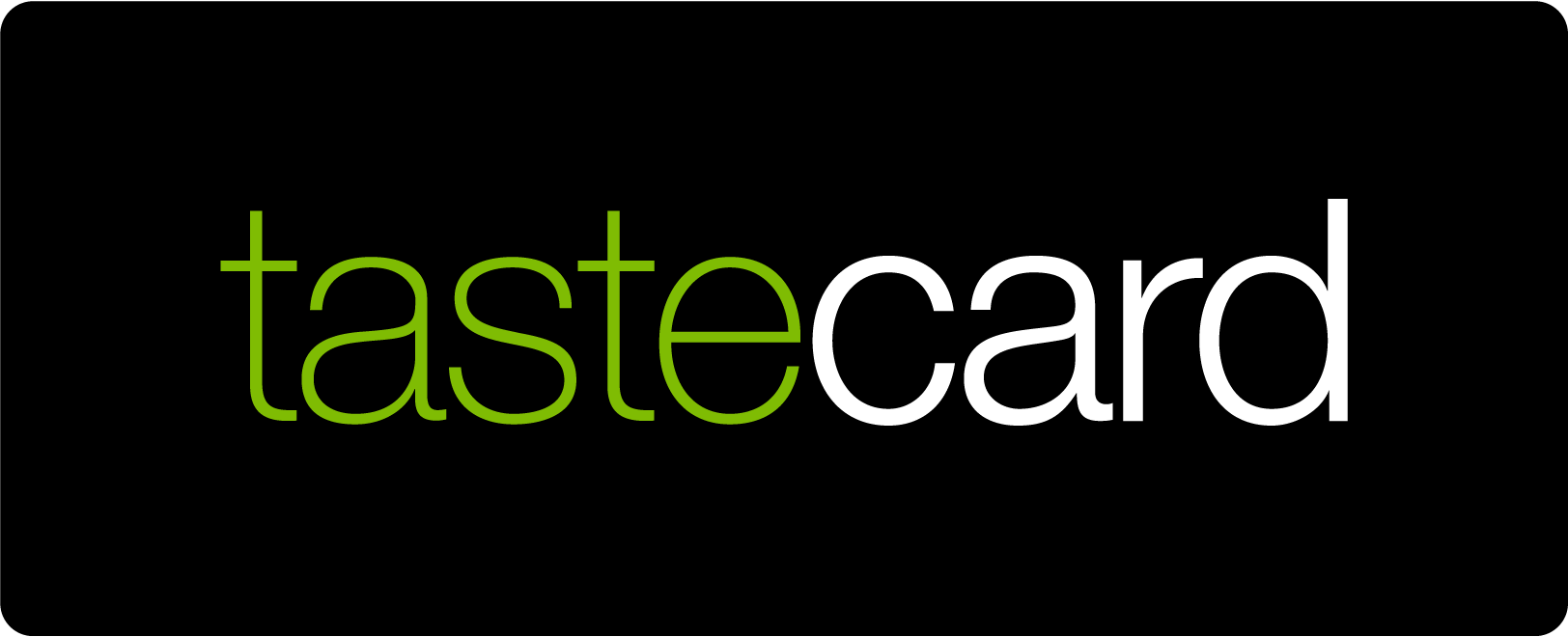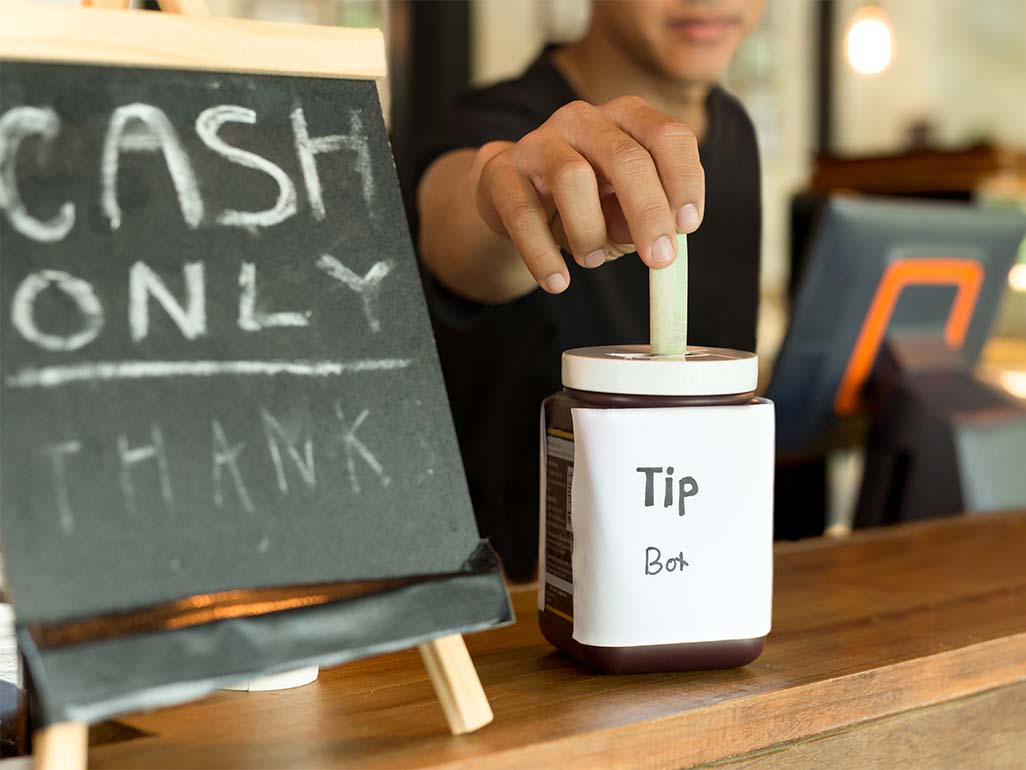What is tipping in UK restaurants?
Tipping in UK restaurants is discretionary and not mandatory, although it is customary to leave a tip as a gesture of appreciation for good service in restaurants. Customers can choose to leave a cash tip of around 10% of the total bill if they feel the server provided a good level of service.
Some establishments also allow customers to add a tip to their card payments. Tipping practices can vary, and there is no strict rule on how much to tip. It is important to consider the level of service received and your personal satisfaction. Tipping in cash is common, and if a service charge is already included, it is not necessary to leave an additional tip unless desired. Tipping practices may also differ across different parts of the UK and individual preferences.
In some establishments, tips may actually be shared around amongst the staff. So, whatever tip you leave at the end of your meal may be shared with the entire serving and kitchen staff rather than given directly to your server.


